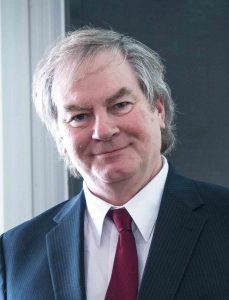Hi! I'm Doug Murray
I live in the San Francisco Bay Area of California, originally from Saskatchewan, Canada. The Bay Area is a great place to live and there’s always interesting and challenging work around Silicon Valley. I have worked with companies in the U.S. and Canada, but have also worked abroad, being involved with projects in England, Holland, Denmark, Germany, China and a few other places.
I’ve worked with software and software-centric systems for many years, from UNIX v6 to BSD and related systems, with Mac, DOS and Windows up to Linux, pSos, RTEMS, VxWorks and others. My focus is currently set upon distributed systems using Posix (or related) platforms such as Linux, MacOS X, various flavors of UNIX, QNX and more. Although software is the basis of my skills and experience, I have worked across the breadth and depth of complex systems that are driven by software.
I’ve had the opportunity to work with some extraordinary people in the scientific world, from the Saskatchewan Accelerator Laboratory, now known as the Canadian Light Source, to the Superconducting Super Collider Laboratory (the SSC), SLAC National Accelerator Laboratory and many others.
For more than two decades I’ve been able to work with various medical device companies, developing equipment to help diagnose health problems and treat various medical conditions. For more than half that time I’ve been involved with design and development of particle therapy equipment to save lives from the progression of cancer and to help improve the quality of life for cancer patients around the world.
I’ve worked on medical device projects with Varian Medical Systems, Philips Medical Systems, New-RT Medical Systems, ADAC Laboratories, DDD-Diagnostic A/S and a few other companies.
The term mimetic (pronounced muh•meh•tuhk) refers to the mimicry of objects found in nature and also the imitation of life in art and literature. In our case it refers to technical solutions inspired by the natural world in which we live. More specifically, it is the means by which natural or scientific processes can be effectively represented as models that we can use to build solutions. The modeling of complex scientific problems are sometimes based on simple ideas seen in the world around us.

